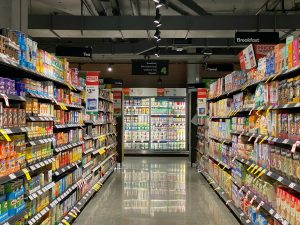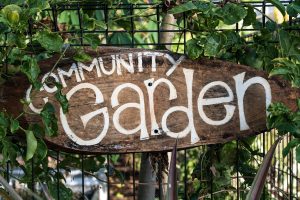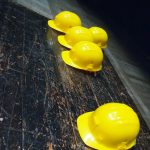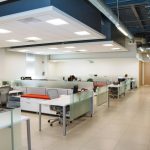Living, working, shopping, and taking in entertainment like movies or live shows are separate activities in separate places. Urban areas can be even more separated from such things, making for long commutes and inaccessibility to needed goods and services.
When you build a mixed-use development, you can bring many of these activities together, easing the burden on the residents of the area as well as reaping many benefits of your own.
Table of Contents
What is a Mixed-Use Development?
Why Build a Mixed-Use Development?
Convenience
Financial Benefit
Personal Time
Community Focused
Sustainability
Building Up, Not Out
Property Value
Final Thoughts
What is a Mixed-Use Development?
A mixed-use development is a built environment that serves more than one purpose. These could be any kind of purposes in one, but most commonly it’s various businesses – retail, office, medical and dental, entertainment, and others, paired with residential living.
It blurs the lines between the elements and brings people together in a way no other property development can.
Why Build a Mixed-Use Development?
There are a number of reasons mixed-use developments have grown in popularity.
Convenience
No matter where you decide to put your development, one of the most common answers to ‘why’ is because it provides convenience. With today’s push toward a better work-life balance, living where you work may not sound beneficial, but being able to walk or bike to work instead of sitting in your car in a traffic jam.

Having your favorite restaurant or a grocery store nearby prevents food deserts in urban areas that may not have quick access to nutritious food without it.
Financial Benefit
Living near where you work, shop, and eat isn’t just convenient, it saves money, too. Walking or biking to these places saves on expenses like gas, vehicle maintenance, and the other little costs that pile up in a vehicle-centric society.
Personal Time
How long is your current commute? When do you typically go to work? For those in the 9-5 grind who face an hour commute each way, not including traffic – or more – living close to work is a dream come true. They can exchange the headache of commuting for a walk down the block, or just downstairs!

This short commute means getting to and from work is a breeze, and allows workers more free and personal time at home with loved ones or out enjoying an activity they love. Falling asleep in front of the TV after a hurried dinner will be a thing of the past.
Community Focused
Having everything you need – work, shopping, entertainment – means you don’t need to go far to find what you need. Mixed-use developments include community spaces as well, like parks, green areas, community gardens, and more. Such spaces draw neighbors together and put the focus on community engagement.

Sustainability
As the construction industry continues to focus on green building practices, sustainability, and lower carbon footprints for construction projects and resulting buildings, mixed-use developments have stepped to the forefront.
Since mixed-use developments focus on bringing the many services a community needs together into a central hub, carbon footprints generated from long commutes are reduced. Walking, biking, and light rail or other mass transit options become the norm, making for a cleaner, greener environment.
Additionally, with its concept already focused on sustainability, many mixed-use developments are built with sustainable and energy-efficient building materials and systems and sustainable building practices, which lower carbon emissions from breaking ground to the first home sold or business space occupied and beyond.
Building Up, Not Out
Preventing urban sprawl is one of the top priorities of mixed-use developments. As populations boom, the housing and services needed to sustain life in these areas increases dramatically.
Mixed-use developments often build up rather than out. Retail businesses can be found on the ground floor, with residential housing above. Entertainment venues may surround a recreation area that also includes sports fields or a neighborhood gym, with office space above.
Building “up” rather than “out” doesn’t necessarily mean that space is cramped or the streets and sidewalks below are narrow. When building in the urban environment, even square inch of space matters, and building up allows you to offer more while working within the confines of a smaller space.
Property Value
Builders of mixed-use developments can expect higher property values than builders of single-use developments. Consumers – residents, shoppers, and workers – are attracted by having so many of their daily needs close by, making the property in-demand for users.

Business owners are attracted to such developments due to the built-in consumer base, raising the demand for the office and retail spaces in the area and increasing property values.
Final Thoughts
Breathing new life into urban areas is a problem many developers face. Bringing in the services, work opportunities, and living opportunities through mixed-use developments is a great way to serve the community while reviving and redefining what urban life means.
We at Realty Asset Advisors can help you plan a successful mixed-use development that strengthens the surrounding community and creates a convenient and affordable lifestyle option for everyone.
Contact us today!










